Water Filter Challenge
Create a water filter using natural materials and learn more about the challenges of providing clean water to people around the world.
This activity is taken from the book ’15-Minute STEM’.

Create a water filter using natural materials and learn more about the challenges of providing clean water to people around the world.
This activity is taken from the book ’15-Minute STEM’.


Robotic Arm
You will need
Robotic arms are a classic use of robotic technology, and can be found on factory production lines, controlled by computers. They have a variety of uses. They can do jobs that are very repetitive for humans such as screwing the lids on jars on a production line in a factory. They can do jobs that are difficult for humans such as putting small parts (such as bolts) onto a car in precisely the right place. They can also do jobs that are dangerous for humans such as moving hazardous materials. Sometimes robotic arms are found on a much larger robot, other times they are a standalone arm. Increasingly, roboticists consider using innovative soft materials (‘soft robotics’) for grippers at the end of the arms. Such ‘smart’ materials include shape-memory polymers (SMPs) that can temporarily deform and then return to their original shape.
The Curiosity Rover on the planet Mars uses a robotic arm. Find out more about this.

When you think STEM education, what kind of resources come to mind? The chances are it’s this kind of equipment…
Expensive stuff basically! Granted, this kind of kit is amazing and you can do some fantastic STEM activities with it. But don’t be disheartened if you don’t have access to these kinds of resources.
It can also look like this…
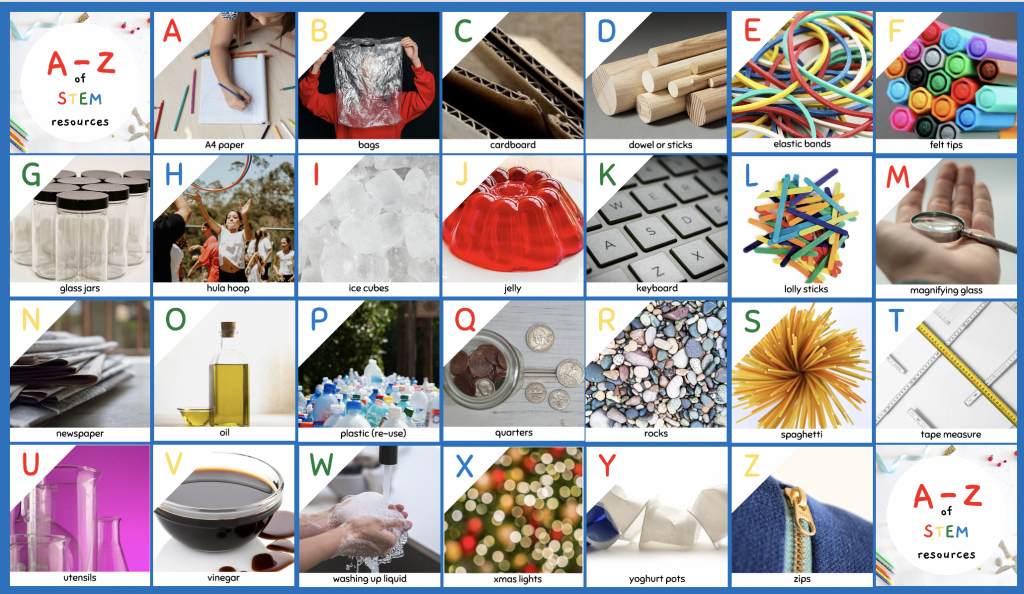
The kind of stuff we have lying around our homes and classrooms. The kind of stuff that fills up our recycle bins and the kind of stuff that we’re turning to particularly at the moment, when it’s harder to get to the shops.
So here’s my A-Z of everyday ‘must-have’ STEM resources, along with some tips and activity suggestions for each!

From recording your observations to creating the longest paper chain you can from just one piece of A4 paper, this is a staple resource for most STEM activities.
Why not try:

No matter how good you are at re-using carrier bags, it’s hard to avoid having a few single-use bags lurking around. Re-use them for egg parachutes or create a kite or a windsock.
Why not try:

This is my absolute top recommendation. Cardboard has so much play potential! Don’t believe me? Check out the book ‘Not A Box’ for inspiration. You never know when a few flat-packed boxes will come in handy!
Why not try:

Wooden dowel or sticks collected from the natural environment can become valuable building tools. For example, they could form the mast of a boat or the chassis of a car.
Why not try:

Elastic bands are a useful way to create flexible joins between materials. A great example is a lolly stick catapult. Safety note: this resource requires supervision.
Why not try:

…because you’ve got to make your STEM project look good! Beyond the aesthetics, felt tips are an important resource for chromatography based STEM activities.
Why not try:

Give them a wash and these jars can be transformed into all sorts of exciting STEM projects. Safety note: this resource requires supervision.
Why not try:

Place an outdoor hula hoop on the ground outside and use a magnifying glass to explore the minibeasts within the hoop. Or use string to turn your hula hoop into a spiders web!
Why not try:

Ice cubes are a very cheap resource that can be used for a range of activities. Use them to explore properties of materials or to test thermal insulators.
Why not try:

Not only is this resource a lot of fun, you can use it to explore some important real-world scenarios. For example, ’15-Minute STEM’ Book 2 contains a jelly based activity called ‘Earthquake-Proof Structures’.
Why not try:

(Computer) keyboards are central to developing technology skills in young people. We can use them to code, research, create design simulations… so many options!
Why not try:

Lolly sticks form a great building material for lots of different projects. For example, you could use them to build bridges, create catapults or to design a marble maze.
Why not try:

This is one of my ‘must-have’ resources for outdoor, nature based activities. It’s fascinating to take a closer look at the world around us and the plants and creatures within it.
Why not try:

From paper mache volcanoes to newspaper towers, this cheap, easy-to-source resource is worth having in abundance. For more details about the ‘newspaper towers’ activity, see ’15-Minute STEM’ Book 1.
Why not try:

Adding olive oil to water creates some interesting results which can be used as a starting point to exploring density. Drop in an alka-seltzer tablet and you’ve got yourself a lava lamp effect!
Why not try:

I don’t know about you but these kinds of things often scream ‘stem potential’ to me. For example, a plastic tub lends itself brilliantly to becoming a plastic recycled boat. Note: re-use plastic rather than buying it specifically for an activity.
Why not try:

Can you tell I was struggling with the letter ‘q’?! Quarters (or coins) can be used in a variety of ways. Explore chemical reactions by adding acidic liquids to dirty coins. Or use coins as weights in a tin foil cargo boat.
Why not try:

Natural materials such as rocks are fun to collect and can be used in a variety of ways. See how many different ways you can sort them or use them as the hour markers on a homemade sundial.
Why not try:
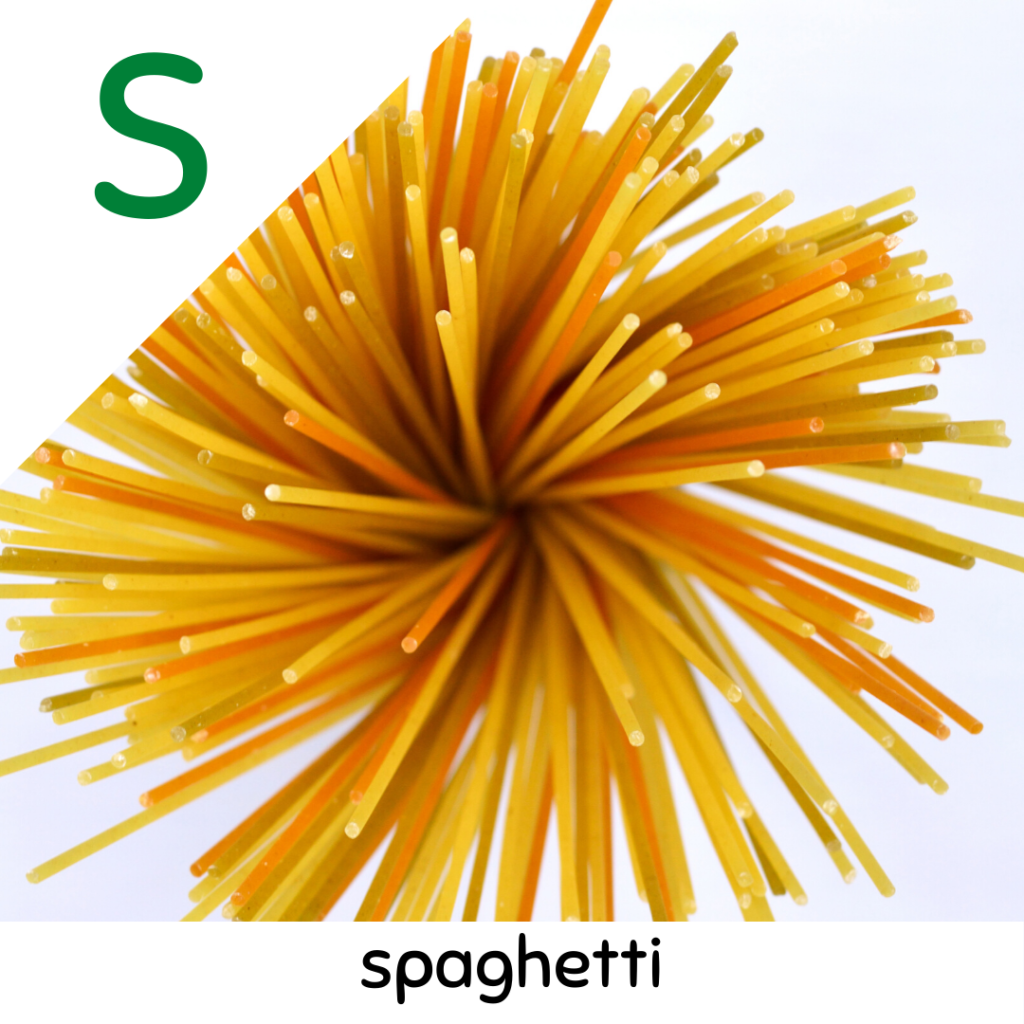
This simple ingredient makes a great building material. You can use it to create structures such as towers or pyramids. Use marshmallows, plasticine or gummy sweets to create the joins between the spaghetti strands.
Why not try:
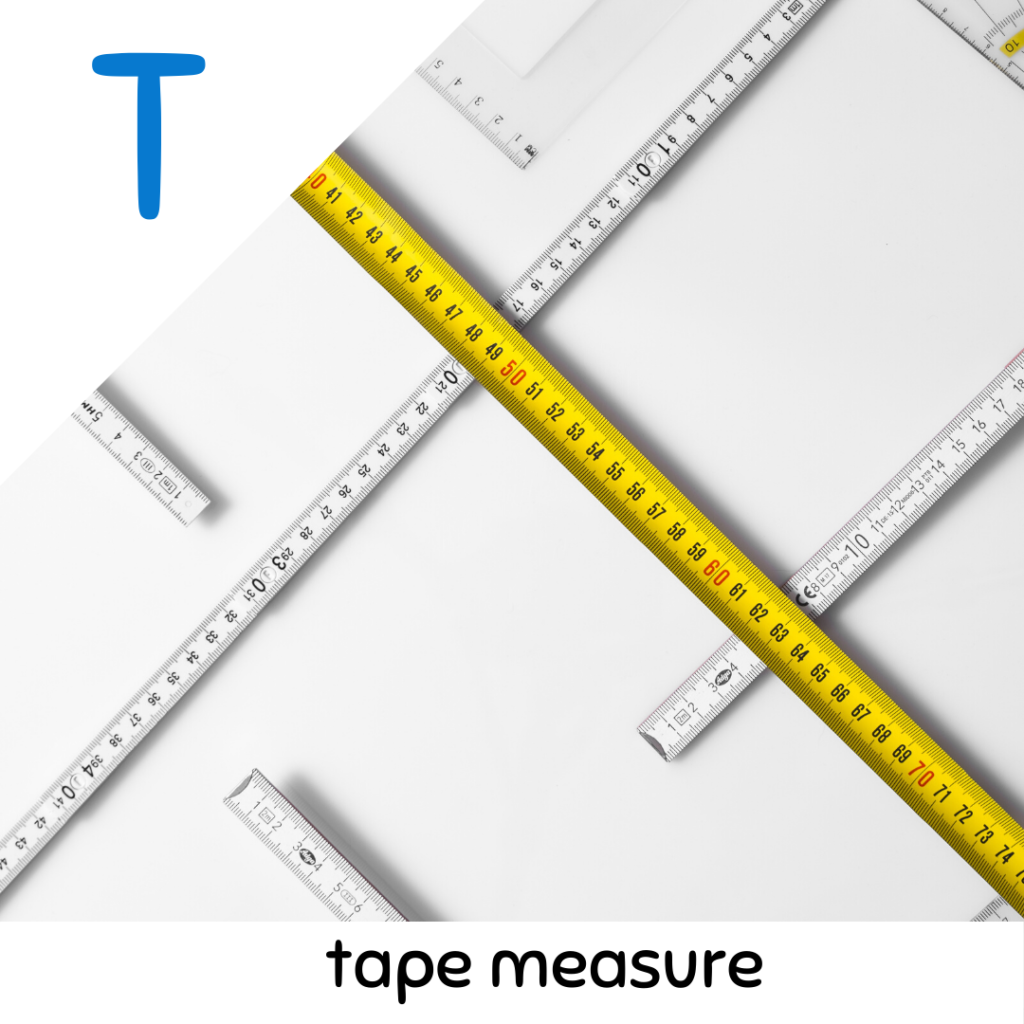
A measuring tape comes in handy for most STEM activities and is a great way to develop some measuring skills.
Why not try:

Utensils: measuring jugs, cups, bowls, spoons etc. These kinds of household items come in handy again and again for STEM activities.
Why not try:

This acidic substance creates interesting chemical reactions when added to a base such as baking soda. See an example of this in the ‘Volcanic Eruptions’ activity in ’15-Minute STEM’ Book 2
Why not try:
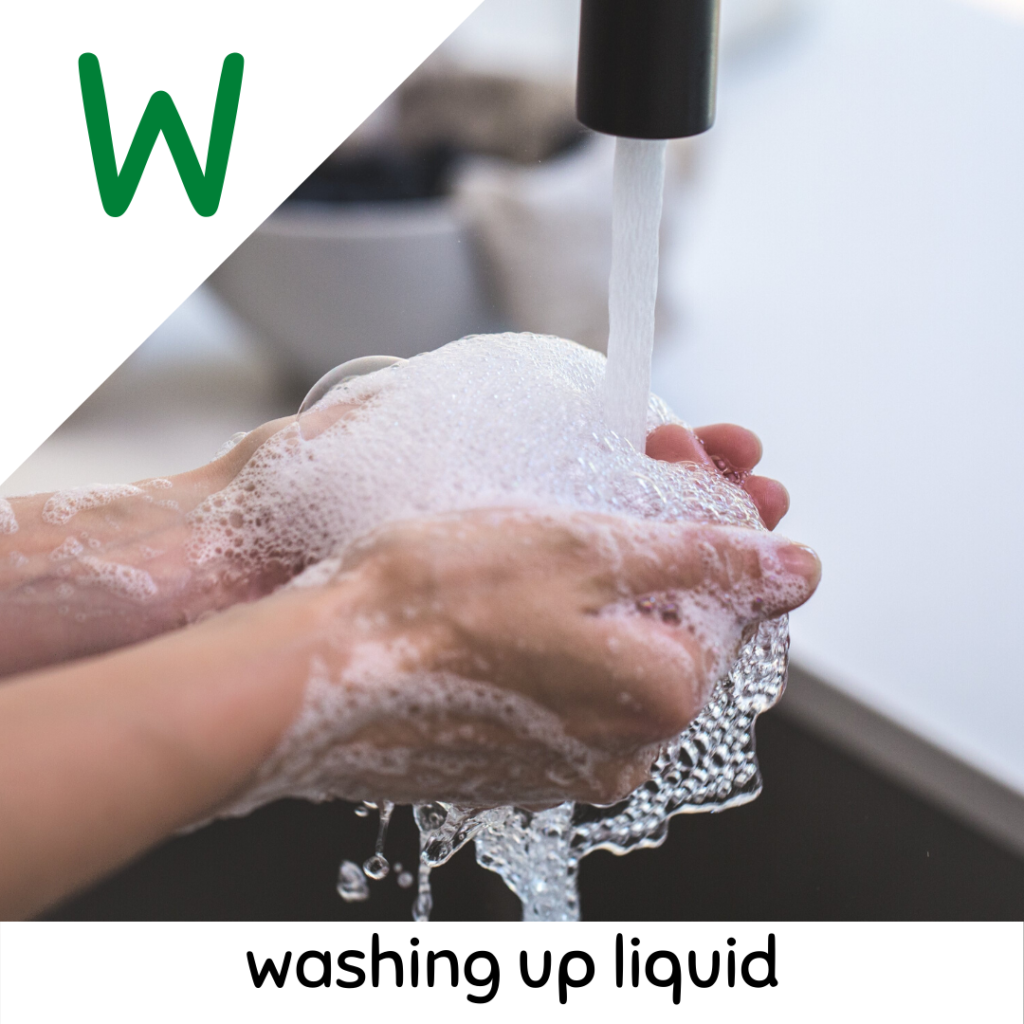
A staple household item, adding a squirt of washing liquid to another liquid such as milk or water breaks the surface tension and creates some interesting results.
Why not try:

Again, can you tell I was struggling with this one?! Forgive me the slightly tenuous link to electrical circuits… Having a simple electrical kit of lightbulbs, crocodile clip wires and a battery is a useful basis for many STEM projects.
Why not try:
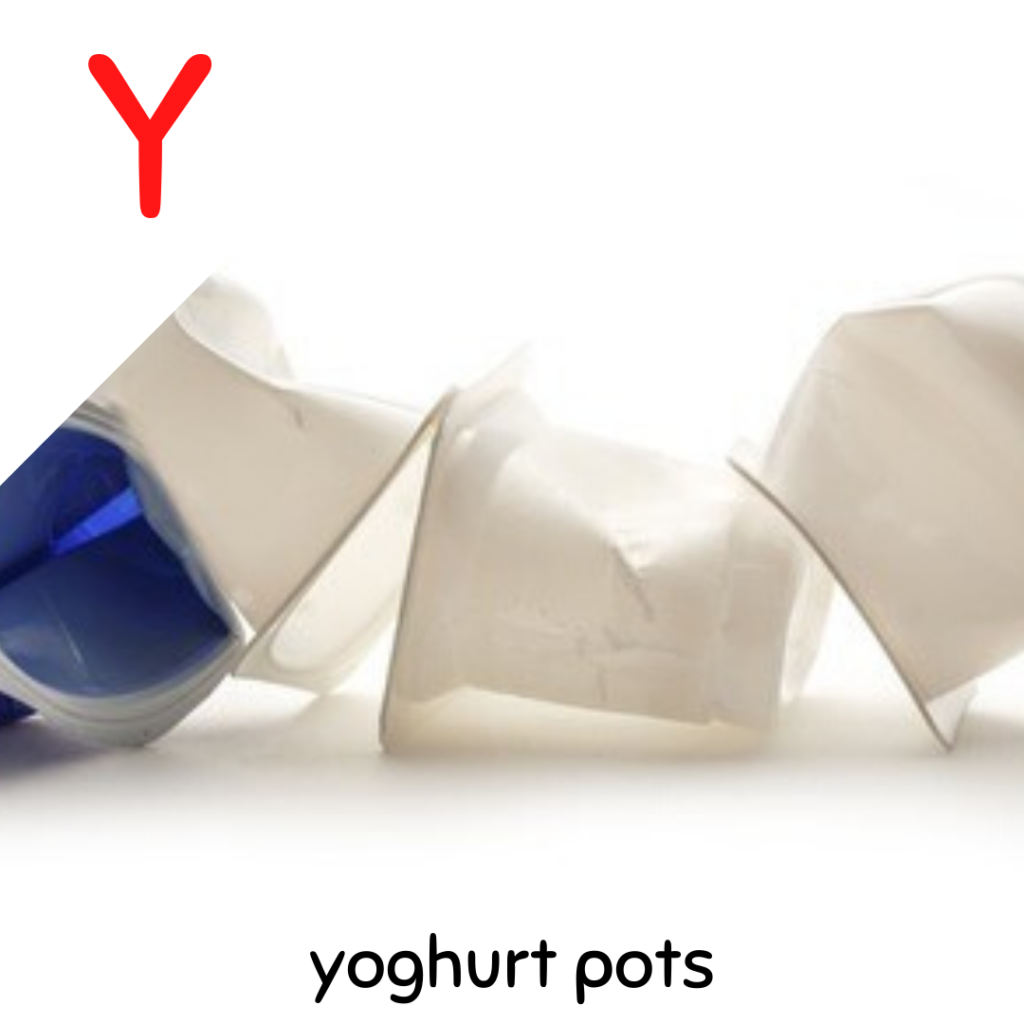
From the ‘speakers’ of a string telephone to the container of a salt pendulum, yoghurt pots can take on many different creative forms.
Why not try:

And finally we’ve made it to the letter ‘Z’. Zips can be sewn or glued into your STEM creations to add interest and functionality.
Why not try:
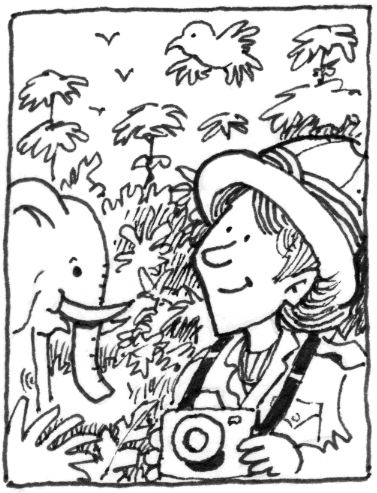
JOB DESCRIPTION: Naturalists are scientists who study the natural world. In particular they observe how different species of plants and animals interact with each other in their natural habitats.
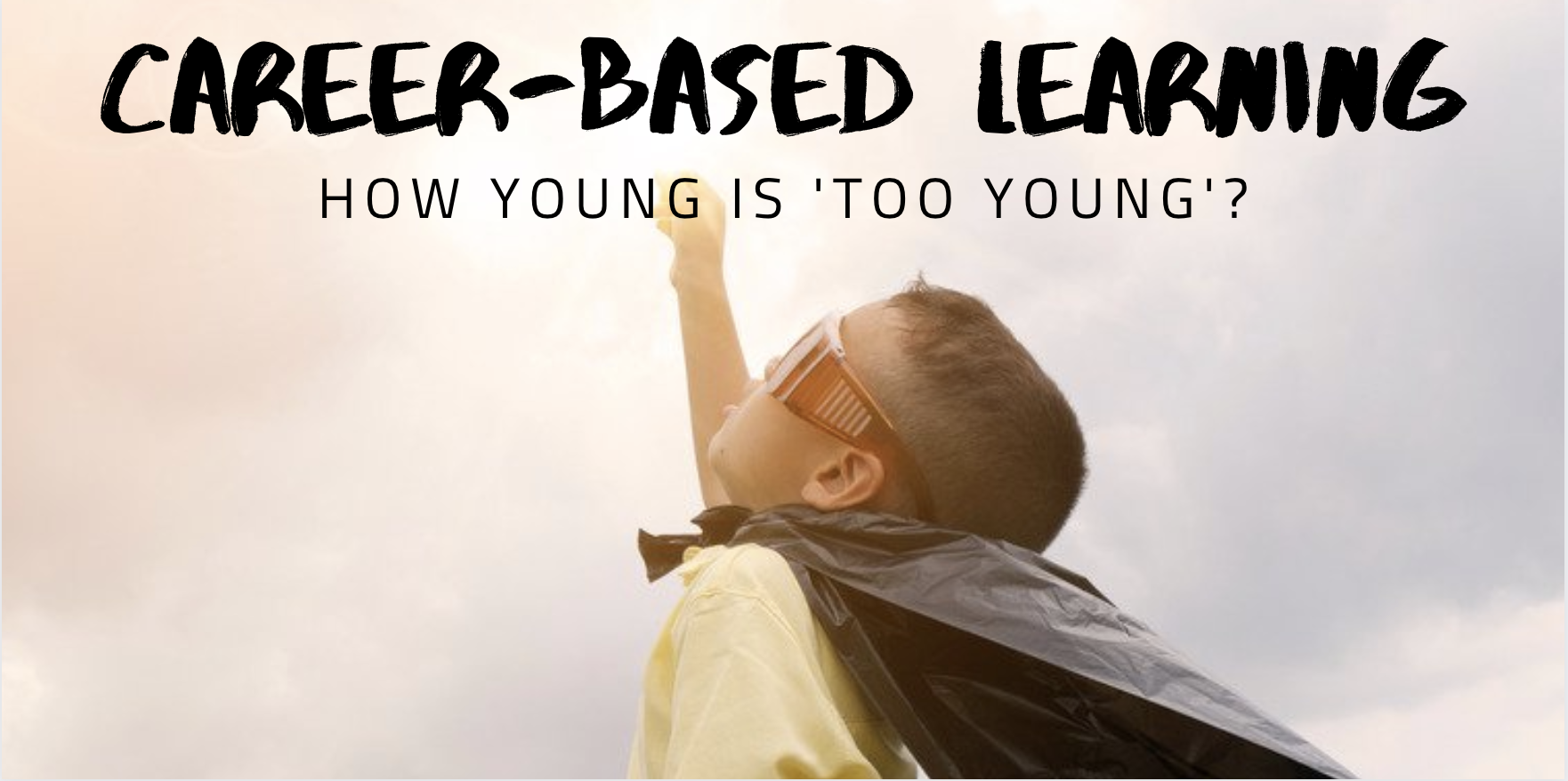
What did you dream of being when you grew up? A footballer? A vet? A popstar? Ask this question to a class of children today and you may even have ‘vlogger’ or social media influencer thrown into the mix. New research published in January 2020 by the charity Education and Employers found that career aspirations are shaped early, from as young as seven. The report also found a disconnect between the careers children aspire to have and the demand in the UK economy.
Children form their career aspirations from an early age. What we don’t always appreciate is how set these views become while they’re still in primary school. The older children get, the harder their aspirations become to challenge. Crucially, children often aspire to do jobs that they are exposed to. This could be the jobs their parents do or those they’ve seen on the TV and elsewhere in the media. A child could be fascinated by insects but if they’ve never met or heard of a naturalist or an entomologist, how could they possibly aspire to be one?
As educators, we see the passions, talents and skills of the children we educate. However, we can’t expect them to know how to put these to use. A child might have a flair for science but the only careers they might know in science are a doctor, science teacher and a scientist. If they can’t see themselves in one of those jobs then it’s easy to lose engagement with the subject. Career-based learning helps children to make real-world links between what they’re being taught in lessons and the world of work. Through career-based learning we can not only challenge early perceptions and stereotypes, we can also widen career aspirations.
Giving children activities that expose them to the world of work from an early age isn’t daft, it’s helping to give them the best start in preparing for their futures. As soon as children are learning in school, they should be thinking about why they are learning it and where it could be put to use.
Here are a few things you can do to promote career-based learning in your primary school:
Invite visitors in to speak to the children about their careers. Putting a note in the school newsletter for interested parents/carers is a great place to start You could also reach out to local businesses, universities, museums or the STEM Ambassador scheme. Where possible, try to challenge children’s stereotypes. For example, meeting a female engineer or a male nurse could go a long way to changing perceptions. If it’s a struggle to fit visitors in to an already fit-to-burst timetable, consider introducing them in the form of a monthly whole-school ‘career assembly’.
While the future is unknowable, there are certain trends and scenarios that give us clues as to what the world of work will look like when the young people we teach enter it. For example, we’re likely to see an increase in applications of artificial intelligence, manufacturing innovation, construction and in improved transportation. We can also predict global challenges in areas including climate change, clean growth, the aging population and the diagnosis and treatment of diseases. Keep abreast of new developments and discuss them with your class.
We can all relate to sitting in a lesson thinking ‘what’s the point in learning about this? How is this ever going to be useful to me?’ Pre-empt this by making learning relevant to the children’s lives and giving it a real-world purpose. This could simply be by having a discussion at the start of a new area of maths learning about how we might use it in everyday life, or it might be by giving the class a problem-solving activity with a real-world context.
Introduce learning with a real-life problem or question. For example, ‘how can we provide shelter for people after natural disasters?’ Then stand back and let the children explore their own ideas and research the problem further, supporting where needed with additional instructions. Link the learning to conceptually similar careers, which, in the example given could be architect or environmental engineer. Introducing different careers through this kind of enquiry-based approach not only contextualises learning but may well sow the seed for inspiring the future generation into a range of in-demand UK industries.
You can read the full report here: https://www.educationandemployers.org/wp-content/uploads/2020/01/Disconnected-Career-aspirations-and-jobs-in-the-UK-1.pdf
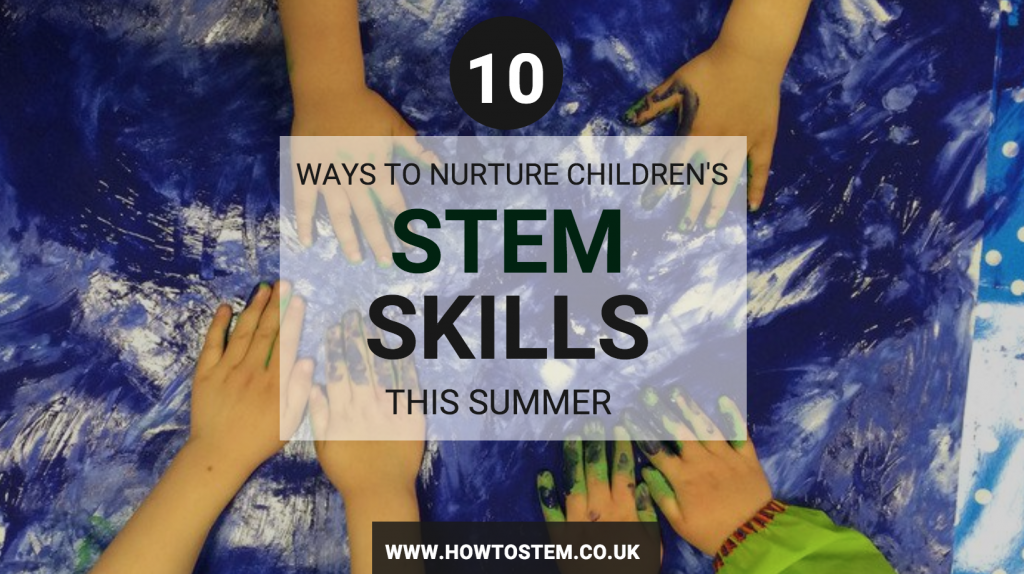
The summer holidays are in sight, endless days with the family stretching out in front of you. One thought is beginning to weigh heavily on your mind: ‘How on earth am I going to keep my children entertained?’ It’s all very well leaving them to their own devices but it doesn’t take long before the novelty of lie-ins, endless screen time and lack of routine wears off and you hear them utter those dreaded words: ‘I’m bored!’
Keeping children amused in the holidays is a daunting prospect for many parents and keeping the cost down even more so. However, the summer holidays are a golden opportunity for children to explore, learn new skills and put their learning into a real-world context. What’s more, nurturing your child’s natural curiosity and creativity is an excellent way to broaden their horizons and shape their future aspirations.
Recent research by the charity Education and Employers shows that children form their perceptions about careers and jobs at an early age, developing their future ambitions from as young as seven. However, making a connection between primary school lessons and the jobs they might one day pursue is not easy. This research also shows that there is a major disconnect between the careers that primary-aged children are most interested in and those that the economy needs.
STEM (science, technology, engineering and mathematics) related industries are some of the fastest growing and demand for skilled workers is only set to grow. From robotics to caring for our environment, space exploration to the digital revolution, these disciplines have an impact that can already be seen in every aspect of our lives. Preparation for STEM careers is not just a matter of imparting hard knowledge, but nurturing ‘soft skills’ such as teamwork and problem solving. Fortunately, STEM activities and soft skills go hand-in-hand.
Here are ten quick, easy ways to nurture a love of STEM this summer. They won’t break the bank, and might just prevent those dreaded words… ‘I’m bored!’
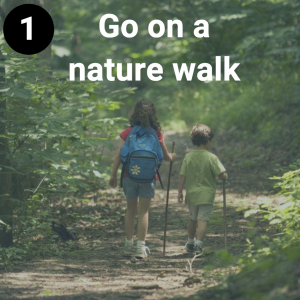
Nature walks are a fantastic way to unwind and appreciate the natural world outside. Spend time searching for minibeasts like beetles and ants in different habitats, using a magnifying glass to take a closer look. Alternatively, look for naturally occurring patterns, from the symmetry of a butterfly’s wings to the spirals in a snail’s shell or the tessellation in tree bark. The natural world is full of patterns!
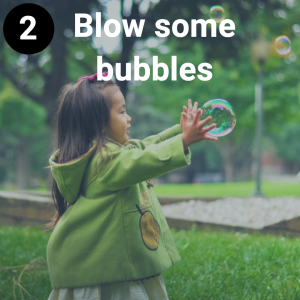
Have a go at creating a 2D shape bubble wand by cutting straws into quarters and bending pipe cleaners through them to join the straw segments together. For more of a challenge, create a 3D shape bubble wand. Cubes and pyramid shapes work particularly well for this. Then dip your bubble wand into soapy water, take a good look at your bubble and then blow it away!

Take a trip to a local museum or zoo. This is a great way to not only bring learning to life but also to meet experts in different fields. What’s more, many museums run free events and workshops for children throughout the summer holidays. Look up locations near you for more information.

Play puzzles and games. Activities such as Sudoku and chess are great for developing logical thinking, an important skill in STEM subjects. Construction toys such as Lego help to develop spatial awareness. Anything involving dice is great for developing mathematical skills.
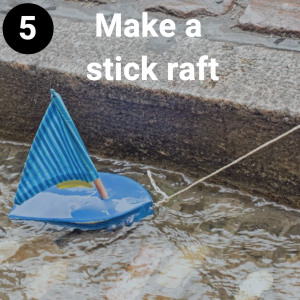
Challenge your child to create a raft out of natural materials. Sticks, joined together with twine are perfect for this and a leaf can make an excellent flag. Then test your raft in a bowl of water or stream to see if it floats!

Try your hand at a spot of stargazing on a clear evening. There are lots of free apps available for download to help you navigate the sky above you. For a closer look at the stars, locate a free star gazing event near you. The ‘Go Stargazing’ website is a great place to start.
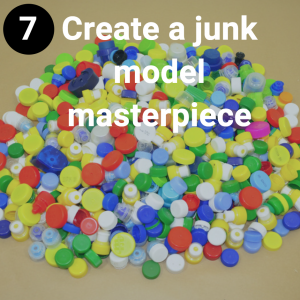
It’s amazing what can be constructed out of the contents of a recycle bin. Cardboard tubes such as those found on kitchen and toilet roll can be taped to a wall to create a marble run. Vary the angles of the tubes to create different speeds of travel. Another idea could be to create a moving vehicle or boat out of junk modelling materials.

Find out how things work. For example, try taking a simple mechanical toy apart and reassembling it again (steering clear of electrical items). As you do so, discuss the function of all the different parts.

Challenge your child to create the tallest freestanding tower that they can out of newspaper. Sticky tape works best for joining the structure together. You could make this competitive by setting a timer to see who can build the tallest tower in the allotted time: you or your child?
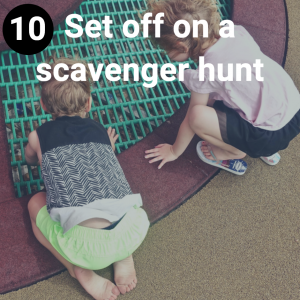
Give your child a list of ten things to find in the natural world. Ideas that work well are a list of colours, textures, shapes or smells. They can tick items off the list once found or even take a photo of them as evidence.
For each of these activities, you can discuss their relations to different sorts of jobs. For example, a newspaper tower could be connected to the role of a civil engineer or architect; the nature walk to the job of a biologist or forester; the junk modelling to the job of a design engineer. Plan these activities into your summer holidays and perhaps you might just plant some seeds for future ambitions in the process.
For more STEM activities and ideas, order your copy of 15-Minute STEM here.

This post has been included in Twinkl’s End of Terms Activities blog.
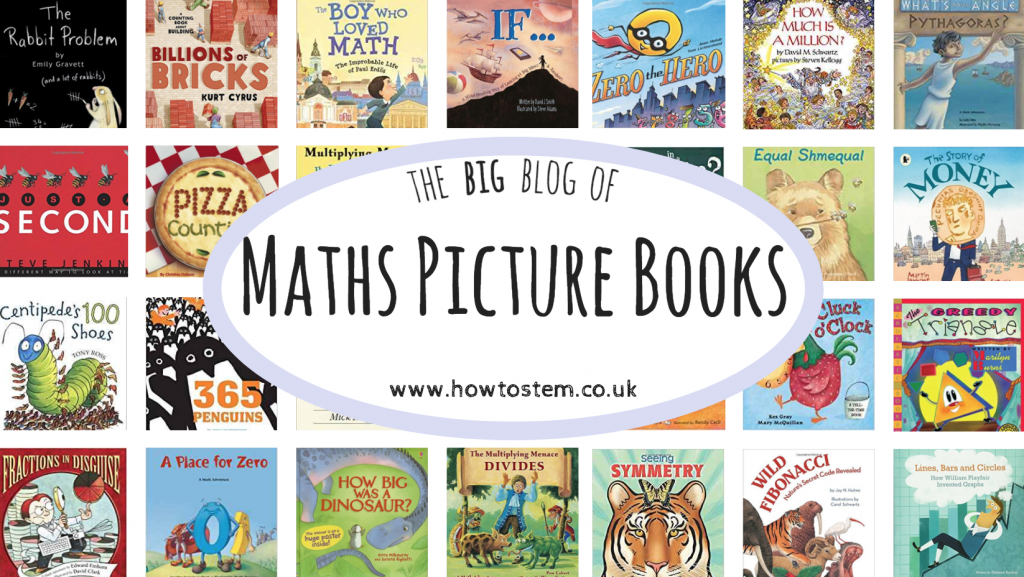
Picture books are a fantastic way to explore mathematical concepts. We’ve selected our favourites and matched them to the following mathematical areas: place value, calculation, fractions and measurement.
Click on each image to find out more about the book including the age recommendation, key concept and an Amazon link.
Have we missed off a brilliant book? Comment below and we’ll add it on!